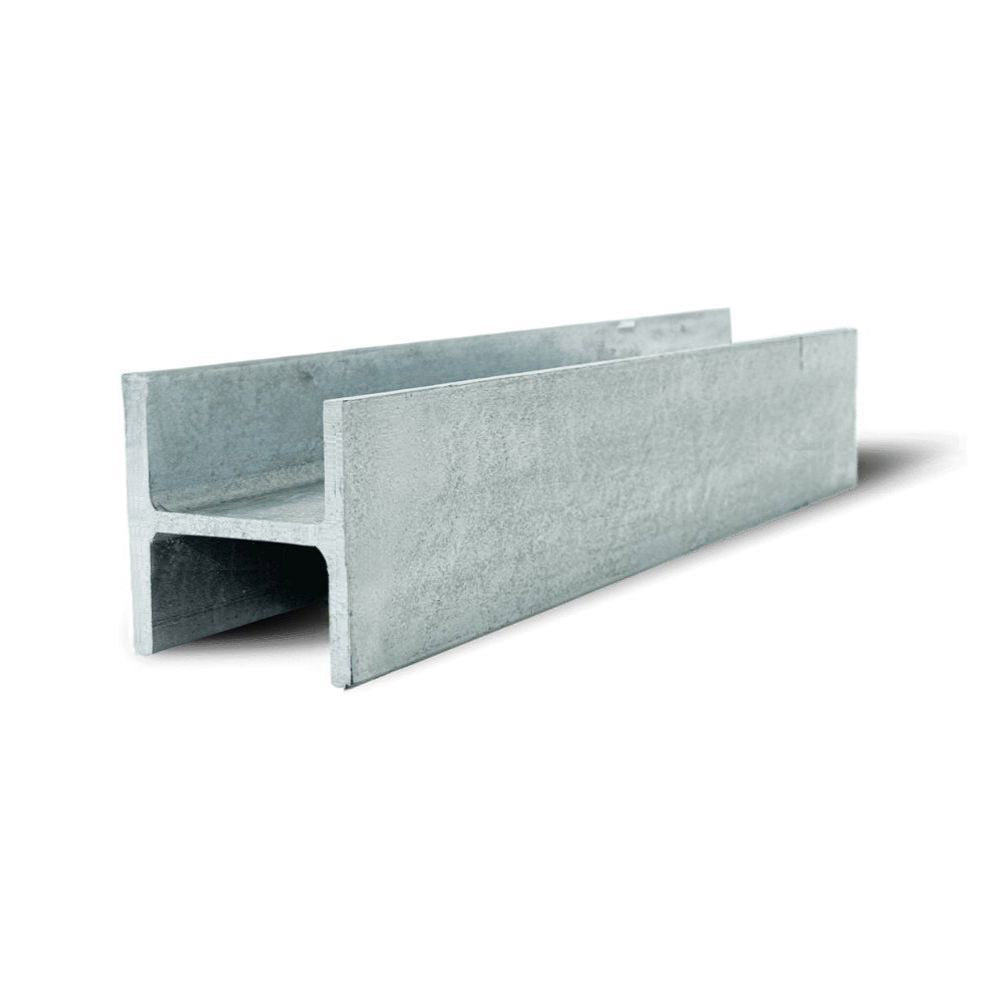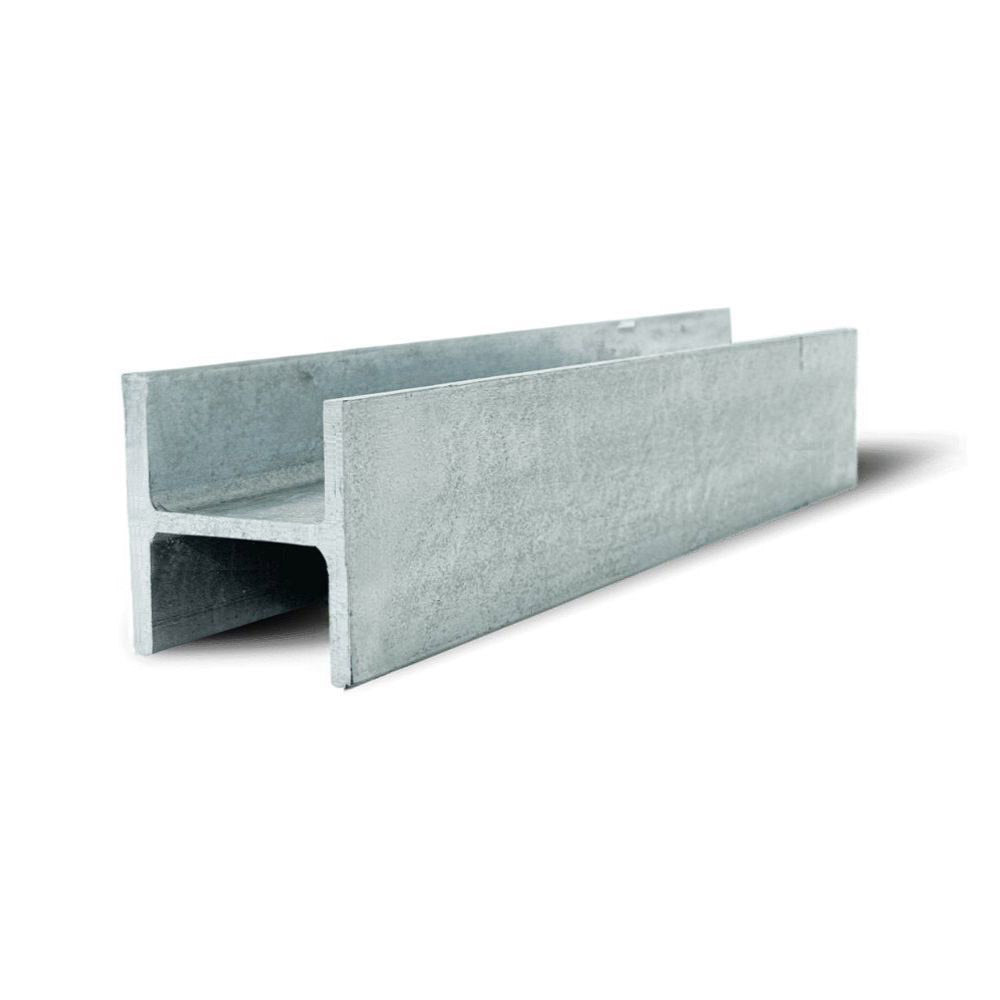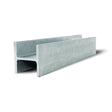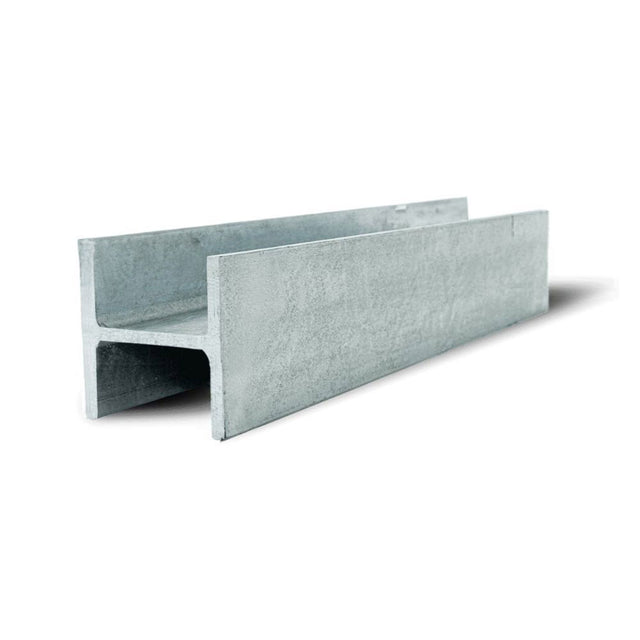Description
Description
Key Features:
-
Premium Strength: Weighs 52.2kg/m, offering robust support for high load-bearing requirements.
-
Galvanised Steel: Hot-dip galvanised to AS/NZS 4680:2006 standards, ensuring long-lasting corrosion resistance.
-
Precise Dimensions: Depth 206mm, Flange Width 204mm, Flange Thickness 12.5mm, Web Thickness 8mm.
- Versatile Use: Suitable for retaining wall steel posts, structural frameworks, and sleeper retaining walls with steel posts.
Applications:
-
Retaining Wall Posts Steel: Ideal for building retaining walls in Melbourne and other areas requiring high durability and strength.
-
Galvanised Steel Retaining Wall Posts: Perfect for environments exposed to moisture, ensuring longevity.
-
Steel Sleeper Posts: Optimal for constructing sleeper retaining walls with steel posts, providing reliable support.
- H Beam Steel Posts and C Channel Steel Posts: Compatible with various retaining wall designs and structural applications.
Durability: Made from high-quality hot-rolled steel and coated with galvanisation, these steel retaining wall posts are built to withstand harsh environmental conditions.
Choose the 200UC52.2 for your next retaining wall project in Melbourne or anywhere requiring top-tier galvanised steel retaining wall posts that deliver unmatched strength, longevity, and style.
Comprehensive FAQ for Steel Retaining Wall Posts
What type of steel is best for retaining walls?
What type of steel is best for retaining walls?
The best types of steel for retaining walls include galvanized steel, stainless steel, and weathering steel. Galvanized steel retaining wall posts are often preferred due to their excellent corrosion resistance, making them ideal for outdoor conditions in areas like Melbourne. Stainless steel provides superior durability, especially in harsh environments, while weathering steel develops a protective rust layer that is suitable for aesthetic applications in retaining wall designs.
How do I choose between H and C channel steels for my project?
How do I choose between H and C channel steels for my project?
H Beam steel posts are typically used for higher load-bearing requirements due to their wider flanges, providing better stability. They are particularly useful in taller retaining wall steel structures where strength is critical. On the other hand, C Channel steel posts are lighter and easier to handle, making them suitable for less demanding applications. The choice between these steel profiles depends on factors such as the height of the wall, soil conditions, and the expected loads. For projects in Melbourne, where local soil conditions vary, it's essential to select the right profile for long-term stability.
What is the recommended installation method for steel retaining walls?
What is the recommended installation method for steel retaining walls?
For a robust installation, steel posts for retaining walls should be driven into the ground or set in concrete to ensure stability. When building a sleeper retaining wall with steel posts, it’s crucial to ensure the posts are plumb and properly aligned before attaching the wall panels or sleepers. Adequate drainage behind the wall is vital to prevent hydrostatic pressure buildup, which could otherwise lead to wall failure. Using galvanized steel retaining wall posts helps enhance the durability of the structure by providing resistance to moisture and rust.
Do I need a permit for building a retaining wall?
Do I need a permit for building a retaining wall?
In most jurisdictions, including Melbourne, a permit is required for retaining walls over a certain height, often 1 meter or more. It's essential to check local building codes and regulations to ensure compliance and safety when using steel post retaining wall systems. Proper documentation and adherence to local standards will help avoid legal issues and ensure that your retaining wall is built to last.
How does the cost of steel compare to other materials for retaining walls?
How does the cost of steel compare to other materials for retaining walls?
While the initial cost of steel retaining wall posts may be higher than alternatives like timber or concrete, the durability and low maintenance requirements of galvanised steel retaining wall posts can lead to significant long-term savings. Steel posts for retaining walls typically require fewer repairs and replacements, making them a cost-effective choice over time. This is particularly true in environments with high exposure to the elements, where galvanised steel posts provide superior protection against corrosion and wear.




